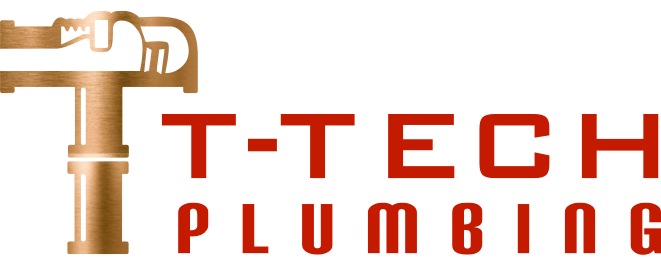While frozen pipes are more common in colder climates, the occasional cold snap in Sydney and New South Wales can put your plumbing at risk. Frozen water expands, putting immense pressure on pipes and potentially leading to bursts that can cause extensive water damage. This guide will walk you through how to safely thaw frozen pipes and prevent them from bursting in the first place.
Signs of Frozen Pipes:
- No Water Flow: If you turn on a faucet and no water comes out, or only a trickle, it could be a sign of a frozen pipe.
- Frost on Pipes: Visible frost on exposed pipes is a clear indicator that the water inside is frozen.
- Bulging Pipes: If a pipe appears swollen or misshapen, the water inside may be frozen and expanding.
Thawing Frozen Pipes Safely:
- Locate the Frozen Section: Determine which pipe is frozen by checking exposed pipes or following the pipe from the faucet back towards the main supply.
- Turn on the Faucet: Open the faucet connected to the frozen pipe. This will allow water to flow once the ice begins to melt.
- Apply Heat: Gently apply heat to the frozen section using one of the following methods:
- Hair Dryer: Use a hairdryer on a low setting, moving it back and forth along the pipe.
- Heating Pad or Electric Blanket: Wrap the pipe with a heating pad or electric blanket.
- Warm Towels: Soak towels in hot water and wrap them around the pipe.
- Avoid Open Flames: Never use an open flame, such as a blowtorch, to thaw frozen pipes. This can damage the pipes and create a fire hazard.
- Be Patient: Thawing frozen pipes can take time. Continue applying heat until water flows freely from the faucet.
Preventing Frozen Pipes:
- Insulate Pipes: Exposed pipes in unheated areas, such as attics, crawl spaces, and garages, should be insulated to prevent freezing.
- Seal Air Leaks: Seal any cracks or gaps in walls, floors, or foundations near pipes to prevent cold air from reaching them.
- Let Faucets Drip: During extremely cold weather, allow a slow trickle of water to run from faucets connected to exposed pipes. This will keep water moving and help prevent freezing.
- Open Cabinet Doors: Open cabinet doors under sinks to allow warm air to circulate around pipes.
- Disconnect Hoses: Disconnect garden hoses and drain outdoor faucets before winter.
Call a Plumber for Assistance:
If you cannot locate the frozen pipe, the pipe has burst, or you are uncomfortable attempting to thaw it yourself, call a licensed plumber immediately.
TTech Plumbing: Your Trusted Partner for Frozen Pipe Solutions in Sydney & NSW
At TTech Plumbing, we understand the urgency of plumbing emergencies like frozen pipes. Our experienced plumbers are available 24/7 to provide prompt and reliable service throughout Sydney and New South Wales.
Call us at 0450 848 991 for immediate assistance. We’ll thaw your pipes safely and efficiently, minimizing the risk of damage to your home.
Keywords: frozen pipes, thawing pipes, burst pipes, emergency plumber Sydney, emergency plumber NSW



